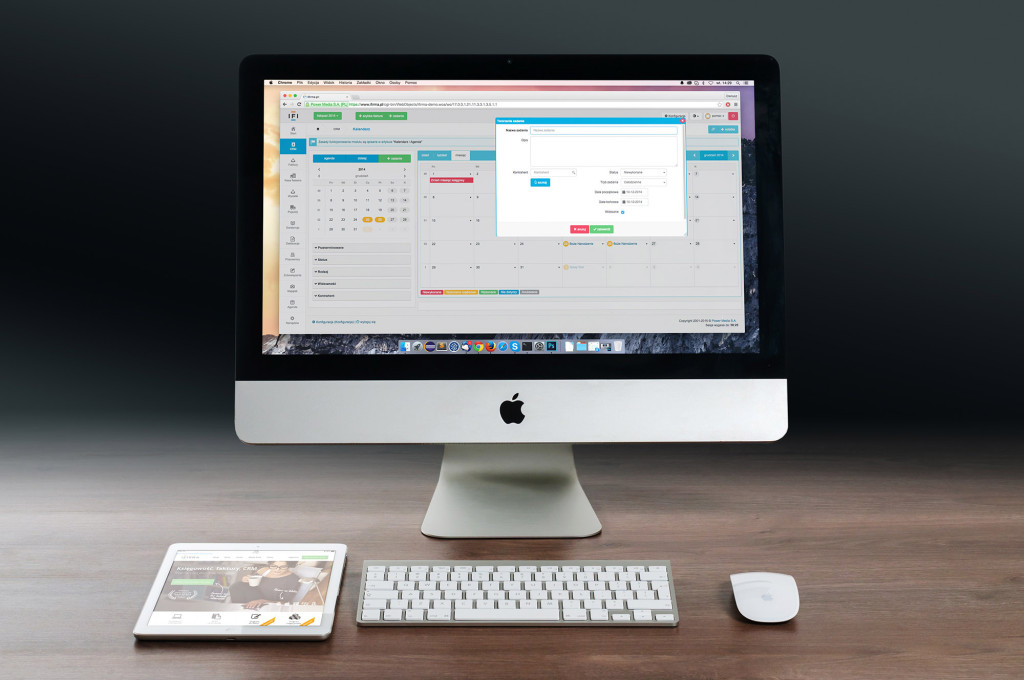Your lives easier because: We also strongly believe it makes our and, for that matter, other digital agencies’, jobs easier, because: So now that we’ve set the ground work for why a web project brief is such a valuable document for all parties involved, let’s break it down to 10 key steps. We’re starting at the very core of the project – we care about YOU. Imagine that the digital agency has no idea who you are and no means to Google you. Let’s say, you’re at a cocktail party and someone asked what your business does – tell us what you do in a few brief but descriptive sentences. By sharing this information about your business, you provide more insight to the designers and developers that will be working on your project. We have enough experience to know that although all companies can fall into some type of categories, there is something special that only your business offers, so by letting us know what your unique selling proposition (USP) is, you provide us with better understanding of how to position your website. If it makes your business special and unique, it is vital for the digital agency creating a web solution for you to know what that is and convey it to the best of their abilities. When defining this answer, it is important to understand, who will be using your website and why should they do it. The goals of your web project can be many and various – whether it be to engage more customers or attract a new audience. Maybe you’d like to boost sales or provide extra resources to your customers. Whatever the goal, it is imperative to to clearly define this answer as it will influence the look and feel of your website. After doing solid research into your target audience, their behaviour and other interest group tendencies, developers and designers will make decisions and provide solutions that should cater to your defined audience’s needs. Tip: character profiles is an extremely useful and fun method to describe your target audience. Compare yourself against your competition – all business have direct and indirect competition. Realistically define who you compete against for audience, services, products, prices (where possible) and social media followers. Also, don’t forget the international market, even if your website will have one language. Check out what industry grands do and maybe you’ll get a few bright ideas on how to achieve certain goals? At the same time, while researching this, you’ll have the opportunity to identify why your business, services or goods and other aspects are unique and different from others in the market. Designers, by better understanding your business, will be able to convey not only what you’re selling, but your companies character, your USP, core values and correctly display this to your audience. Tip: provide links to 2-5 competitor websites, including aspects that you like and dislike about their digital presence. What, why and how much – the three most important questions for website development. Finally it’s time to get to the point – the functions, design and especially the estimate, may vary, depending whether it’s a new project, an upgrade of the platform or a revamp of the website. Perhaps it’s an e-commerce platform where users can register or a portfolio site. Use this opportunity to describe in detail the functions that will be required in the web project – even if you’re not entirely sure how it will work exactly – the design and development teams will provide solutions on the requirements you’ll set here. The most important points for digital agencies are what type of project it’ll be (e-shop, website, digital portfolio, communications platform, news site, B2B platform, etc.), whether or not users should register, whether you’ll have regularly updated content, like products, news, etc, galleries (and what type of galleries these should be), schedules, maps and the like. Simple but extremely important – each product solves some problem: a lawnmower keeps the lawn trimmed and nice, a washing machine keeps your dishes clean, a website – tell us. By understanding your main goal, we can adjust our thinking to align with your goals – if you want to boost sales, we will employ our business analysts to think about it, if you’re aiming to provide a better user-experience – our UX specialists will provide the best solutions, if you want to optimise server resources or automate daily operations – our developers will come up with the optimal integrations. As long as we know what you’re aiming for, we can provide solutions. Tip: more often than not, there are several goals, so list them starting with the most important ones. Project budget is the answer commonly avoided by clients, as many think that digital agencies will aim for the highest budget at lowest input. However, we really just want to understand what type of solutions should we offer and save a lot of time, by adjusting these solutions to your budget. This means that we will work hard to find the optimal methods to achieve your defined goals and not exceed your budget. For example, a custom B2B platform has amazing functionalities, that can be tailor-made for your business needs and have flexibility to grow and expand with market change, but building the entire framework from scratch is a costly and time-consuming endeavour, so understanding your budget, digital agencies will provide offers built on already existing platforms, like PrestaShop, Magento or WordPress. If your defined budget is rather small, it’s still useful to disclose it, as many digital agencies do some rather “pro bono” projects, if they enjoy the idea – in which case you would have the opportunity to work with an amazing digital agency, that would normally work with big companies and big budgets and have a lot of experience. Also, the budget is partially influenced by project timeline and project timeline is partially influenced by budget, so remember to mention when you’d like to begin the project and when should it be launched live. Tip: budget and timeline don’t necessarily have to be exact numbers. A realistic “from…to” is enough information to define the project. From pure beauty to integration, the more detailed you’ll be defining this point, the easier it’ll be for digital agencies to deliver. Our experience shows that psychics aren’t common, so all design details, however clear they seem, will have to be explained visually or verbally to designers and programmers. The best method of doing it is by example. If you’ve seen something you like in a website, or at least can describe what should be changed to match your visualisation of it, then use these websites to provide hints and pointers to the digital agencies who will be preparing your project technical description. From functionalities of buttons, tables, menus and galleries to the colour scheme and even images (not everything has to be in the same website) – any information is useful information. For those who prefer some hands-on work, we suggest to take a look at some online tools that allow you to create a mock-up of your website, like www.uxpin.com, moqups.com, balsamiq.com. Sometimes it’s easier to say what you don’t like, than what you do like, so negative solutions and examples are also appreciated. Once again – any information is useful information, so even saying “no green in the entire website” is better than finding out that we’ve drafted a design using green as the accent colour. Finally, it’s important to define the page structure, such as “homepage, about us, services, contacts”. Normally, most websites have a similar structure, but if your planned site will have several levels of menu, it’s better to know that upfront and plan accordingly, so that it would work intuitively and properly on any device. Page structure will give indication to the amount of content on the website – worth mentioning if you already have the content ready (if not, many agencies have in-house copywriters that could craft beautiful copies for your website) and how much of it there’ll be, as UX specialists will have to figure out how to best present it. Last but not least and often forgotten at the beginning of the project – support for the mobile devices and browsers. Although it seems natural that responsive design should be responsive everywhere, sometimes some elements just don’t play well with certain screens, so saying upfront, which screens should the digital agencies focus on works best, as this will be taken into account during the entire development process, leaving no loose ends. Also, not all browsers are created equal and some require special instructions how to deal with certain elements. If you know that your target audience uses, say, Internet Explorer most commonly, informing digital agencies of this will mean that they will be testing the website on this browser extensively. Tip: most commonly, the supported browsers are Firefox, Chrome and Safari. Support for IE and Edge usually has to be mentioned, although that differs from agency to agency. Overall, reiterating the point is always better than miscommunication. Once you’ve answered all of the questions above, you’ll have a document that will not only inform any digital agency of your needs and preferences, but will also function as a reference point to you, during the entire development process. If you’d like to discuss your web project with us, subscribe to our newsletter and we’ll send you our web project brief template. After filling it, send it to us and test your newly acquired knowledge!Recently we’ve refurbished our website, and now better than ever, we understand our clients. Having a vision is the proverbial foot in the door, but – website development – where to start, what is important and how to achieve the set goals?
We’ve answered these questions for ourselves and decided to share our successful website development steps – to make your lives and our jobs easier.
THE BEGINNING
1. Brief business description


2. Your target audience
3. You and your competition

THE PROJECT

4. Project description
5. Main goal


6. Budget and timeline
DESIGN
7. Design examples and websites you like


8. Define negative solutions
9. Page structure


10. Support for mobile devices and browsers
Website development – where to start?
PEPPERIT 19 March, 2016 Share this post
 English
English

